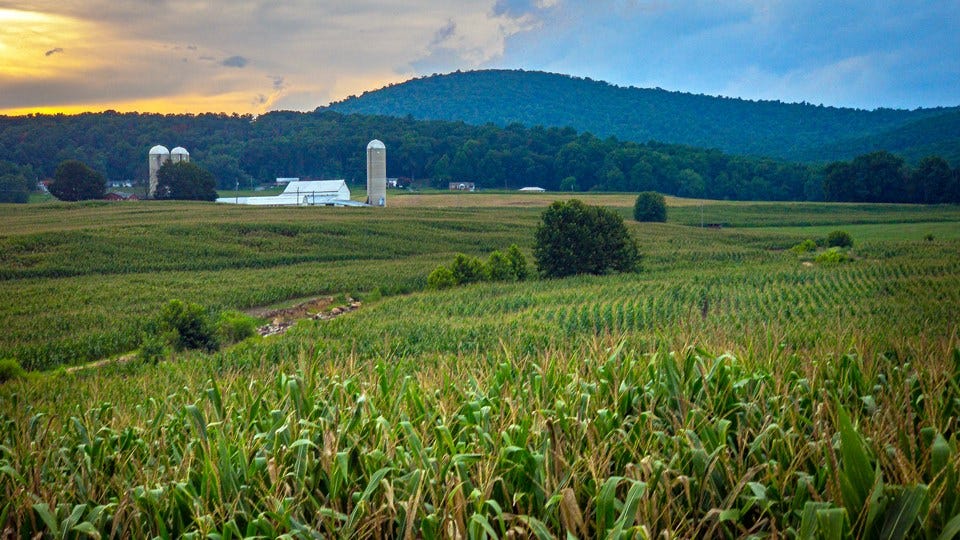Survey: Cover Crop Use in Indiana Increases
 (photo courtesy: Preston Keres/USDA Flickr)
(photo courtesy: Preston Keres/USDA Flickr)
Subscriber Benefit
As a subscriber you can listen to articles at work, in the car, or while you work out. Subscribe NowResults of a recent survey conducted by the Indiana Conservation Partnership reveal greater adoption of cover crops by Indiana farmers. The organization says an estimated 1.5 million acres of cover crops were planted last fall to help increase organic matter in the soil and prevent runoff.
The partnership says it was the largest amount ever recorded in the Hoosier State.
“This year’s data may be surprising to some considering the tough farm economy this past year. But over time, our farmers have learned that incorporating a comprehensive management system into their operation,” said Indiana State Conservationist Jerry Raynor. “As a result, farmers are sequestering more carbon, increasing water infiltration, improving wildlife and pollinator habitat—all while harvesting better profits and often better yields.”
The organization says except for corn and soybeans, cover crops are planted on more acres than any other commodity crop in Indiana.
Cover crops, which can include small grains like wheat, are typically planted in the fall after harvest. The conservation practice can also reduce weeds from emerging.
“The cover crops that I planted this year’s corn and beans into have held the weeds down considerably. So much so, I may not need any herbicide applications this year. If I do, it will be limited,” said Greg Mager, who farms 450 acres of corn, soybeans and wheat in Parke County.
The partnership says an estimated 1.6 million tons of sediment was prevented from entering Indiana’s waterways because of the cover crops.
